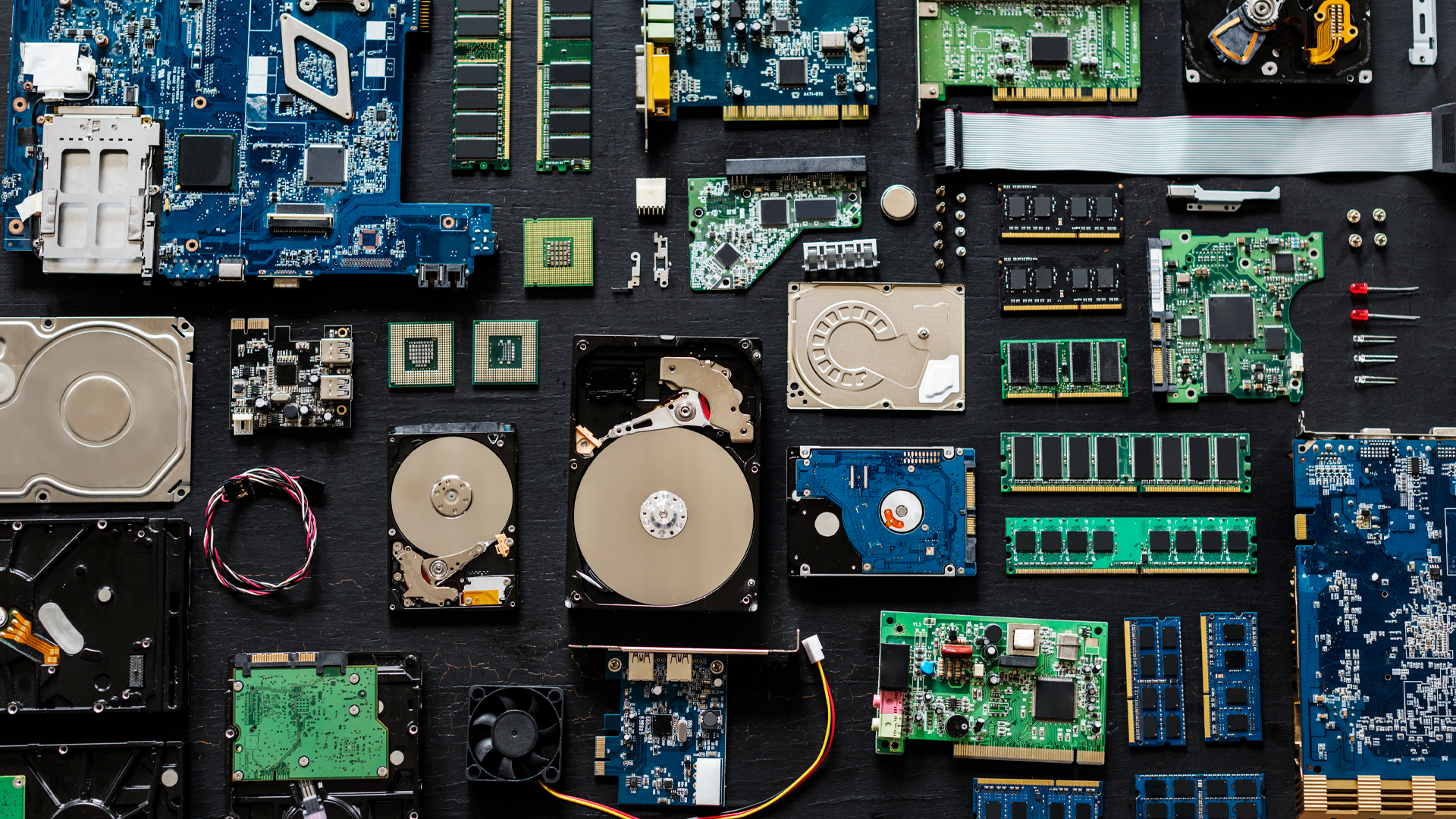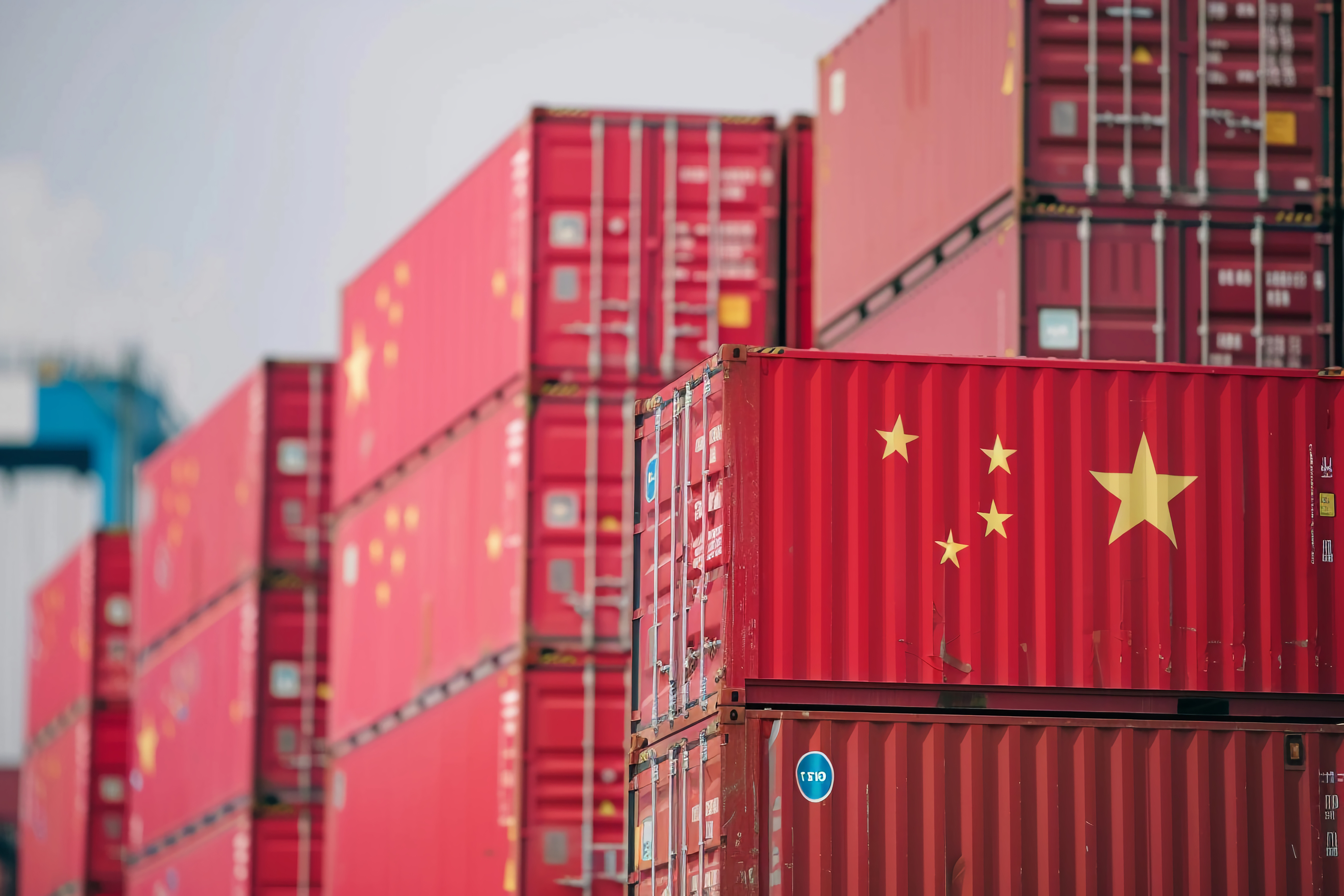When tech supply chains span multiple countries, trade policy tools like Section 301 are crucial to understand. For tech importers and buyers based in America, the impact of Section 301 extends beyond just determining punitive duties or restrictive sanctions. Misclassifications, inaccurate Certificates of Origins, and increasingly strict enforcement create significant financial and reputational risks.
Section 301 of the Trade Act
In short, Section 301 of the Trade Act allows the United States Trade Representative (USTR) to investigate unfair, unreasonable, or discriminatory trade practices by foreign countries. These practices could be:
- Forced technology transfer,
- Intellectual property violations, or
- Non-market industrial policies.
If an investigation finds that unfair trade practices burden US commerce, Section 301 also allows the USTR to impose trade remedies, such as tariffs or sanctions, to address them.
Section 301 lost popularity after the formation of the WTO in 1995, but became a preferred trade tool for the US-China trade dispute starting in 2018.
Penalties for Section 301 Violations
Section 301 violations can be categorized in three ways, each resulting in penalties for the loss of duties. On top of financial penalties, tech companies risk the complete forfeiture of their gear and punitive criminal sanctions.

Fraud, like the purposeful misclassification of goods to evade duties, will result in a fine equal to the domestic value of the merchandise.

Gross negligence, like the failure to carry out the due diligence to classify tech correctly, will result in penalties equal to the lesser of the domestic value of the items or four times the amount of duties lost.

Negligence, such as the accidental but incorrect classification of an item due to a misunderstanding of the complex requirements, will incur penalties valued at the lesser of the domestic value or two times the loss of duties.
Section 301 Evasions | Customs and Tariff Fraud, and the False Claims Act
Rising US tariffs, driven by America’s increasing protectionism, are prompting importers to evade tariffs. However, the costs of penalty claims from the Customs and Border Protection (CBP) or prosecution by the Department of Justice and Constitutional Development (DOJ) are far worse than the high duties themselves. The first line of enforcement for duty evasion is the CBP, and if they fail to collect the necessary penalties, the DOJ usually takes over.
According to ILS Texas, the most common violations include:
- Omitting materials within the goods,
- Falsified import documents or electronic data,
- Incorrect country of origin,
- Undervaluation,
- Misclassification, and
- False claims of eligibility for Free Trade Agreements.
With TecEx acting as your Importer of Record, we ensure full trade compliance with thorough pre-compliance checks, and also take on all of your import risks and responsibilities. This means we insulate your hardware and company from Section 301-related risks. We do not indemnify ourselves or request joint liability from our customers.
Section 301 Risks for Tech Importers
Section 301 and Tech
Section 301 tariffs are usually applied based on HS codes and the COO. Any tech items that fall under targeted classifications must pay additional duties.
To ensure Section 301 compliance, tech importers must;
- Identify if their product’s HTS code is listed as a Section 301 item,
- Track exclusion lists for product-specific exclusions,
- Review supply chain routing and third-country transshipments for fraud risks,
- Monitor the origin of individual components and the assembly of goods, and
- Stay up to date with USTR duties and modifications.

According to the Consumer Technology Association’s Analysis of Section 301 Tariff Impacts on Imports of Consumer Technology Products, “… consumers and the consumer technology industry paid over $32 billion in tariffs through 2021.”
When Did Section 301 China Tariffs Start?
The main Section 301 tariffs on China originated from President Trump’s first term. In 2018, the USTR created four lists of Chinese imports to target. The rates were implemented in 2019, ranging from 7.5% to 25%, affecting around $370 billion of imports from China.
These tariffs target a wide range of sectors, including technology industries. Many tech importers suddenly faced duties of up to 25% on previously zero-duty or low-duty items.
Are Section 301 Tariffs Still in Effect?
Many of these original Section 301 rates remain in place, with occasional exclusions and exclusion extensions added over the years.
Section 301 Now
In late 2024, near the start of the latest trade war, a new Section 301 Investigation was opened into China’s Acts, Policies, and Practices Related to the Semiconductor Industry. According to a notice on the Federal Register, “The PRC’s acts, policies, and practices … appear to have and to threaten detrimental impacts on the United States and other economies, undermining the competitiveness of American industry and workers, critical US supply chains, and US economic security.”
According to Hogan Lovells, the Section 301 investigation into semiconductors could result in trade remedies affecting industries such as “… defense, automotive, medical devices, aerospace, telecommunications, and power generation and the electrical grid.”
Extending Section 301 beyond China, in 2025, the Investigation of Digital Services Taxes was renewed, examining practices by countries such as Austria, France, Italy, Spain, Turkey, and the United Kingdom.
In April 2025, another Section 301 investigation was launched into China’s Maritime, Logistics & Shipbuilding Sectors. Following the extension of the US-China tariff truce in November 2025, actions resulting from the investigation into Chinese maritime practices have been suspended for a year from November 10th.
In August 2025, the Departments of Justice and Homeland Security co-launched the Trade Fraud Task Force as a new resource to combat tariff evasions and customs violations in the US.
The risks continue to escalate as countermeasures against tariff evasion intensify. Additionally, advanced tech remains at risk of future tariff exposure as the Section 301 investigation into semiconductors continues.
Mitigate Section 301 Risks with TecEx
Section 301 duties can be high, but the penalties for violations are much higher. With TecEx as your Importer of Record, we can ensure that your tech imports to the US comply with Section 301 requirements and prevent criminal sanctions, the forfeiture of hardware, and penalties up to three times the lost duties plus $28,619.
FAQs
Is Section 301 Only For China?
No, while Section 301 tariffs initially targeted China, they can apply to goods from other countries if they are found to be benefiting from unfair trade practices.
What is Section 301 Tax?
Section 301 tax refers to duties imposed on imports of specific products from specific countries, primarily China, in response to unfair trade practices and intellectual property theft.
How do Section 301 Tariffs Affect Tech Importers?
Section 301 tariffs increase the cost of importing certain tech products, which can affect pricing, profit margins, and supply chain strategies for tech importers in the USA.
What is a Section 301 Drawback?
Like any duty drawback, a Section 301 drawback allows importers to receive a refund of tariffs paid on imported goods if they are subsequently exported or destroyed, reducing the overall cost of imports.
What’s the Difference Between Section 301 and Section 201 Tariffs?
Section 301 tariffs target specific unfair trade practices, whereas Section 201 tariffs serve as safeguard measures to protect domestic industries from sudden surges in imports.
What’s the Difference Between Section 301 and Section 232 Tariffs?
Section 301 tariffs are based on unfair trade practices and intellectual property issues, while Section 232 tariffs are imposed on imports for national security reasons.



